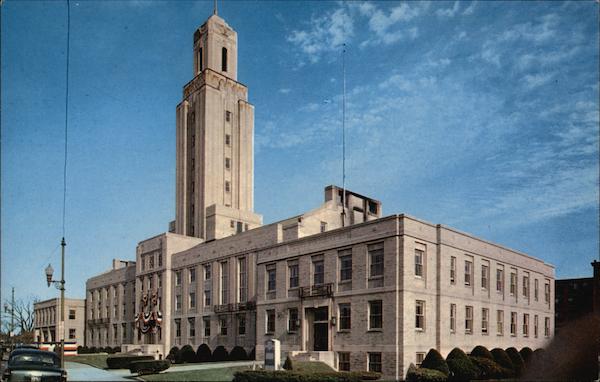Pawtucket to Provide Blackstone Valley Emergency Food Center
CBDG-COVID-19 Funding

PAWTUCKET – The City of Pawtucket will be providing Community Block Development Grant (CBDG) COVID-19 specific funding to the Blackstone Valley Emergency Food Center (BVEFC) for the replacement of key resources the organization needs in order to function.
After years of service to the community and providing resources to the residents during the pandemic, the Blackstone Valley Emergency Food Center’s delivery truck has become a liability rather than a resource.
After it’s purchase by a donor in 2002, the truck had provided a vital service to the organization, however is unreliable as they continue to make pick-ups from their donors such as Wal-Mart, Stop & Shop, Entenmann’s, and more.
Since April, BVEFC has seen 344 new individuals in the food center along with their 597 repeat clients. Without the use of a truck, the operations of the organization would come to a standstill if they aren’t able to pick up any donations.
“We have the opportunity to help an important organization that has been serving our community since 1990 and especially during the pandemic,” said Mayor Donald R. Grebien.
The City has provided $41,438 in CBDG-COVID-19 funds to the organization for the purchase of a new box truck for deliveries.
Additionally, BVEFC will receive a $17,000 CBDG grant to help pay for their rent which has been difficult to pay during the pandemic.
“We, the volunteers at BVEFC, want to thank the city for all their support in helping the food pantry stay open during these trying times,” said Dorothy Lubera President of the Blackstone Valley Emergency Food Center. “Our donors have been more than generous along with those who supply our food. We have been able to keep our shelves stocked.”
The Blackstone Valley Emergency Food Center clients before COVID-19 were often homeless, under-employed or unemployed. However, this has expanded to others affected by the pandemic. Along with food, they often carried a supply of items such as undergarments, toiletries and shoes dependent upon what was donated to the center.
